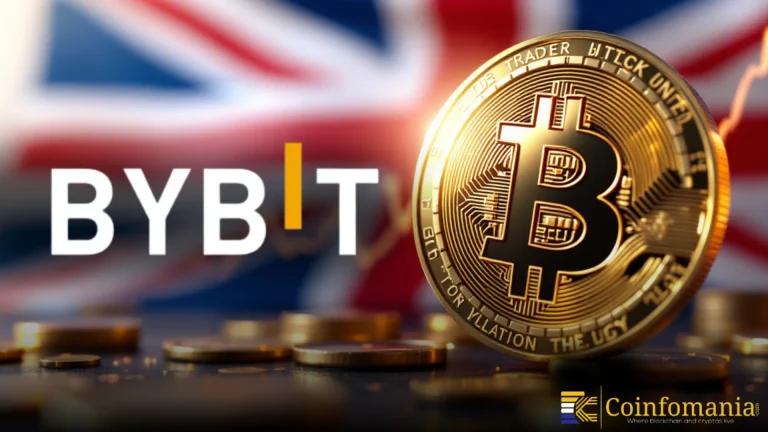Fiserv Empowers 3,000 Regional Banks to Join the Stablecoin Ecosystem
Can regional banks really thrive in the stablecoin market? Fiserv says yes, discover how this major shift is unfolding now.

Quick Take
Summary is AI generated, newsroom reviewed.
Fiserv’s new platform will allow 3,000+ regional banks to access the stablecoin market, enabling wider crypto integration.
In partnership with Circle, the platform supports USDC and plans to connect with over 10,000 institutions and millions of merchants.
This move could revolutionize how regional banks compete in digital finance, marking a big step in Fiserv crypto strategy.
On June 23, 2025, the stablecoin landscape changed dramatically when financial technology juggernaut Fiserv introduced an initiative that will enable thousands of smaller banks to join the digital finance ecosystem. This initiative is a watershed moment for regional banks that have been previously left out of the crypto evolution dominated by fintechs and large financial institutions.
According to an article by Gina Heeb of The Wall Street Journal, the initiative revolves around a new platform created by Fiserv, which is designed to act as a bridge from traditional banking to stablecoins. The company partnered with Circle, the creator of the USDC, the most widely-used stablecoin, and its platform will establish access for smaller banks and financial institutions that have been locked-out of this newly established alternative financial future.
Fiserv Opens the Stablecoin Market to Smaller Players
Fiserv’s move into the stablecoin space isn’t just another fintech announcement, it’s more about power and access. The company can has a well-established client base with 3000 or more regional and community banks. The company’s new platform supports integration of stablecoins including USDC for these institutions. The platform allows them to expand their offerings to include digital payments and crypto-friendly banking.
If we think about the power of the platform connecting and being compatible with a larger network of over 10,000 financial institutions and millions of merchant touchpoints, Fiserv’s infrastructure has the potential to fundamentally reshape the way smaller banks function. This allows community-minded-focused lenders to stay relevant in a world shaped as financial inclusion through digital currencies are forcing a new conversation, and a different financial lens.
Why Circle’s Involvement Adds Serious Momentum?
Circle, one of the most trusted names in the stablecoin market, brings credibility and security to Fiserv’s venture. With USDC being widely accepted and regulated, the partnership ensures that the platform adheres to compliance standards that many regional banks require before venturing into crypto.
Circle’s track record of transparent reserves and regulatory alignment offers confidence to risk-averse institutions. Their participation signals a deliberate move to ensure that the project is not just technically sound but also financially responsible.
How the New Platform Changes the Crypto Game for Banks?
Until now, the high compliance costs and technological complexities have kept regional banks away from digital assets. Fiserv’s platform aims to eliminate these barriers by offering plug-and-play functionality that connects directly to existing systems used by these banks.
This innovation enables banks to issue, accept, or interact with stablecoins easily. For example, a small-town credit union could soon allow customers to transact using USDC for everyday purchases or cross-border remittances, services that were previously unthinkable for such institutions.
A Larger Crypto Vision Backed by Legacy Infrastructure
This isn’t Fiserv’s first flirtation with crypto. The fintech giant has previously explored blockchain-powered settlements and merchant tools. But with this stablecoin-focused platform, it’s committing to bringing long-term innovation to traditional banking.
Rather than competing with large exchanges or DeFi platforms, Fiserv is focusing on providing the tech rails that empower banks to serve their local communities better. And in doing so, it could elevate the entire U.S. financial ecosystem by connecting Main Street to Web3 finance.
Will This Disrupt the Traditional Banking Structure?
In short, it already is. As large financial institutions begin to blend stablecoin strategies into their core operations, smaller banks are under increasing pressure to innovate. This new platform finally gives them a fighting chance.
The entry of regional banks into the stablecoin market doesn’t just level the playing field, it also introduces new competition, forcing the entire industry to innovate. With Fiserv crypto ventures pushing boundaries, a more inclusive digital financial system seems inevitable.
References
Follow us on Google News
Get the latest crypto insights and updates.
Related Posts

Coinbase Lawsuit Sparks High-Stakes Battle Over Prediction Market Regulation
Vandit Grover
Author

Bybit Returns to the UK Market With Over 100 Crypto Trading Pairs
Vandit Grover
Author

Whale Flips Bearish After Selling $21M Bitcoin and Opening Massive 10× Shorts
Triparna Baishnab
Author